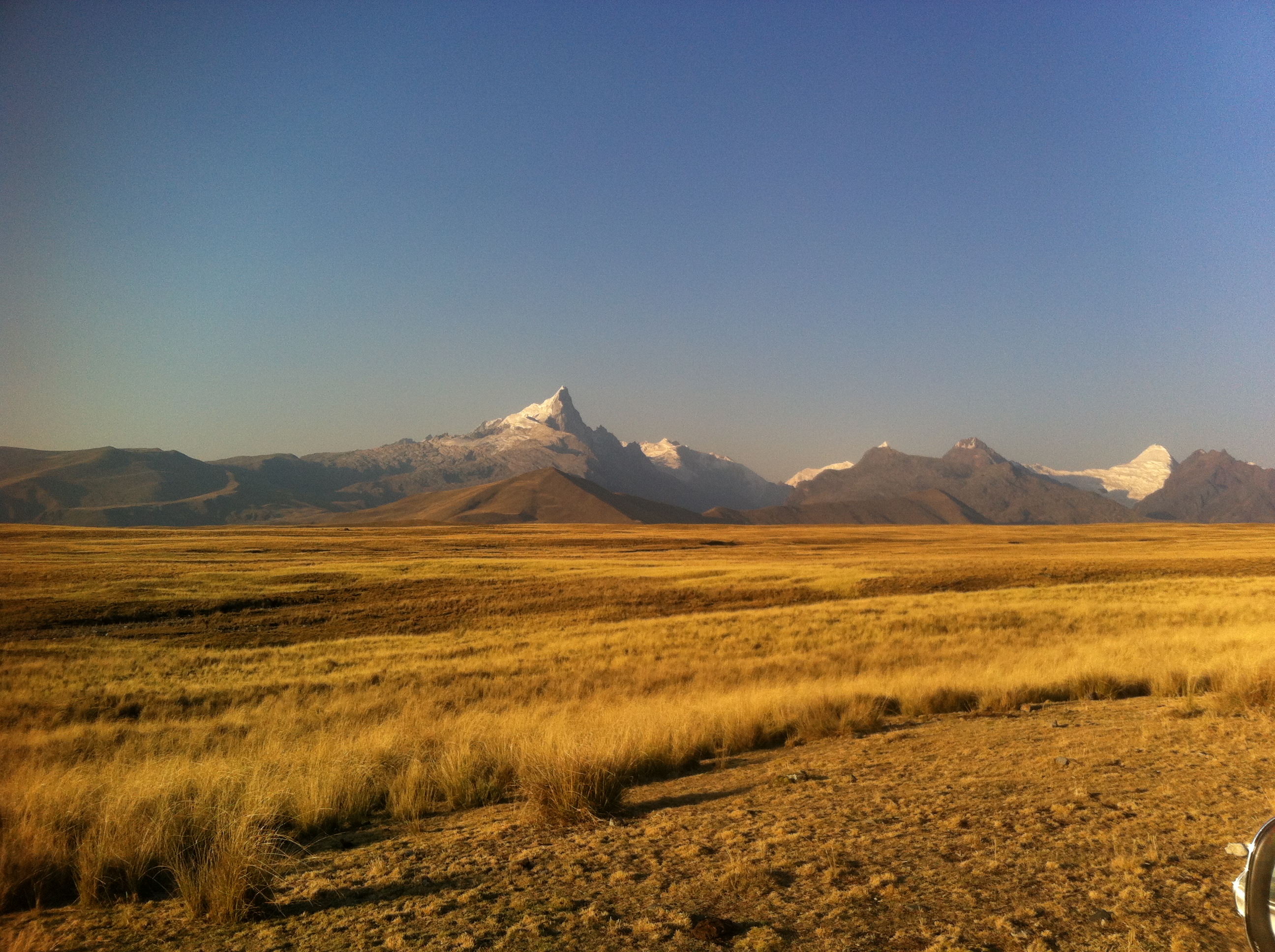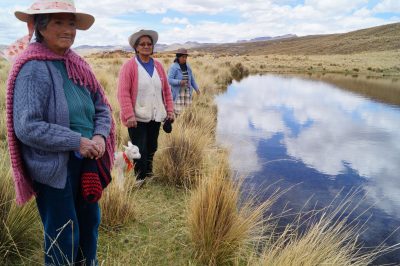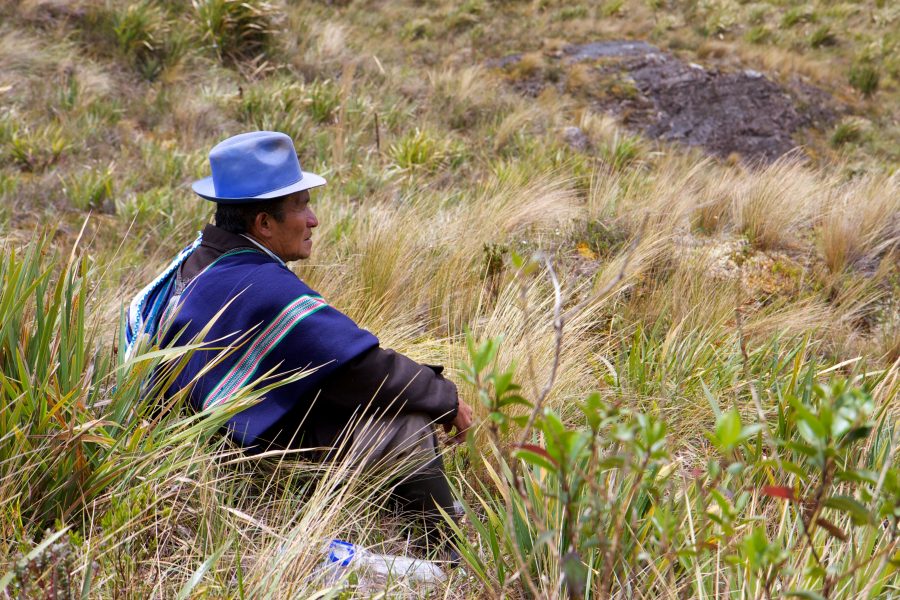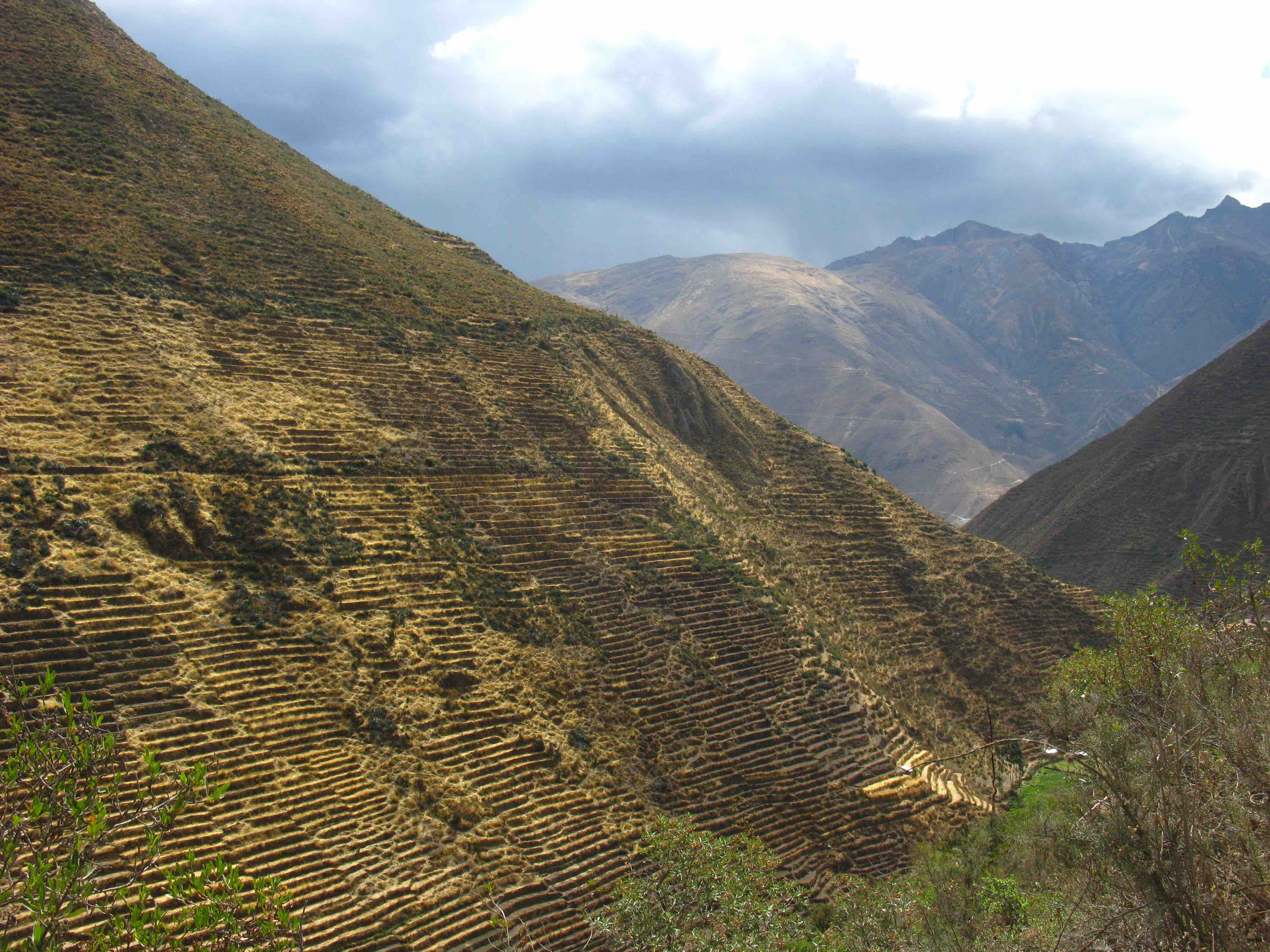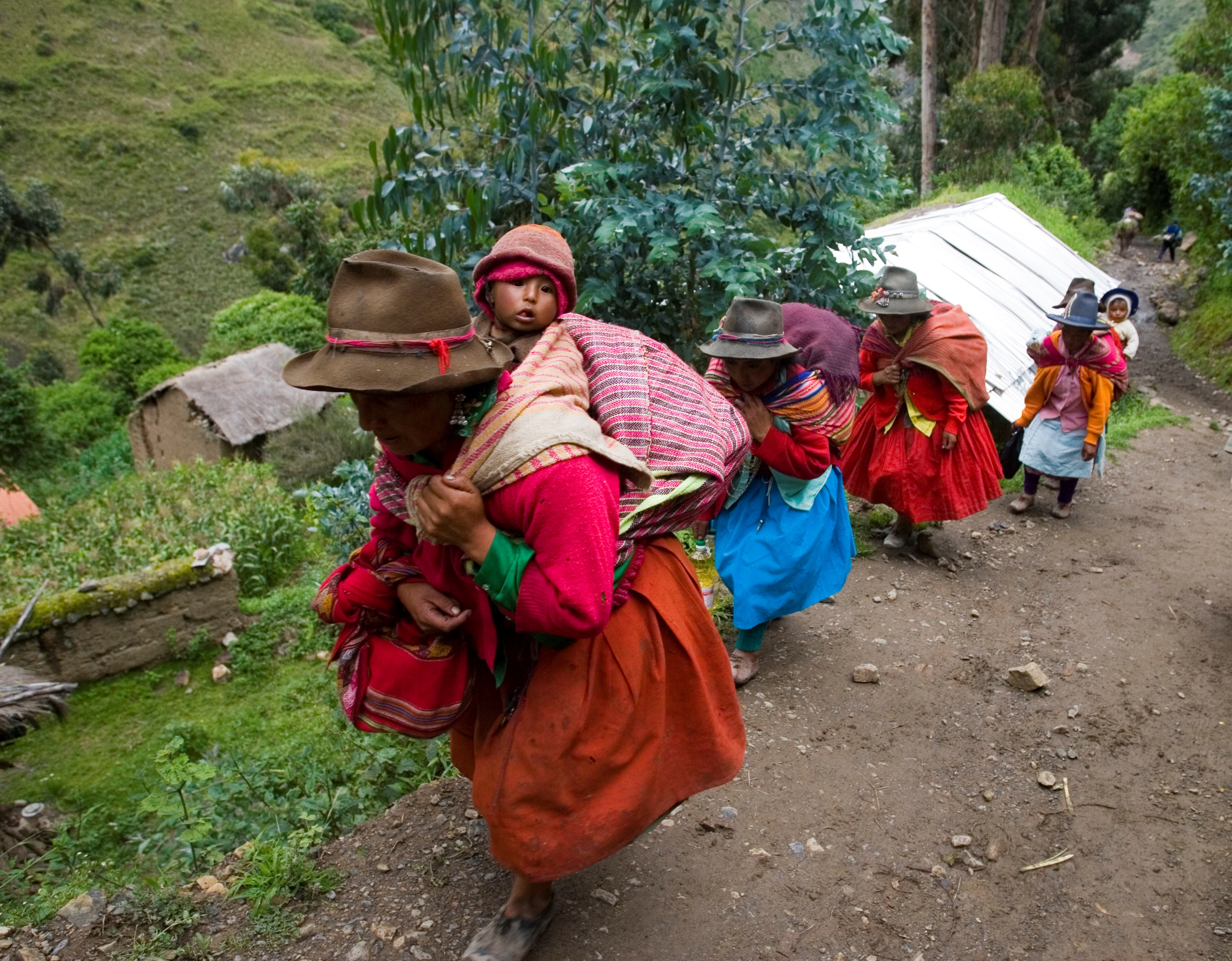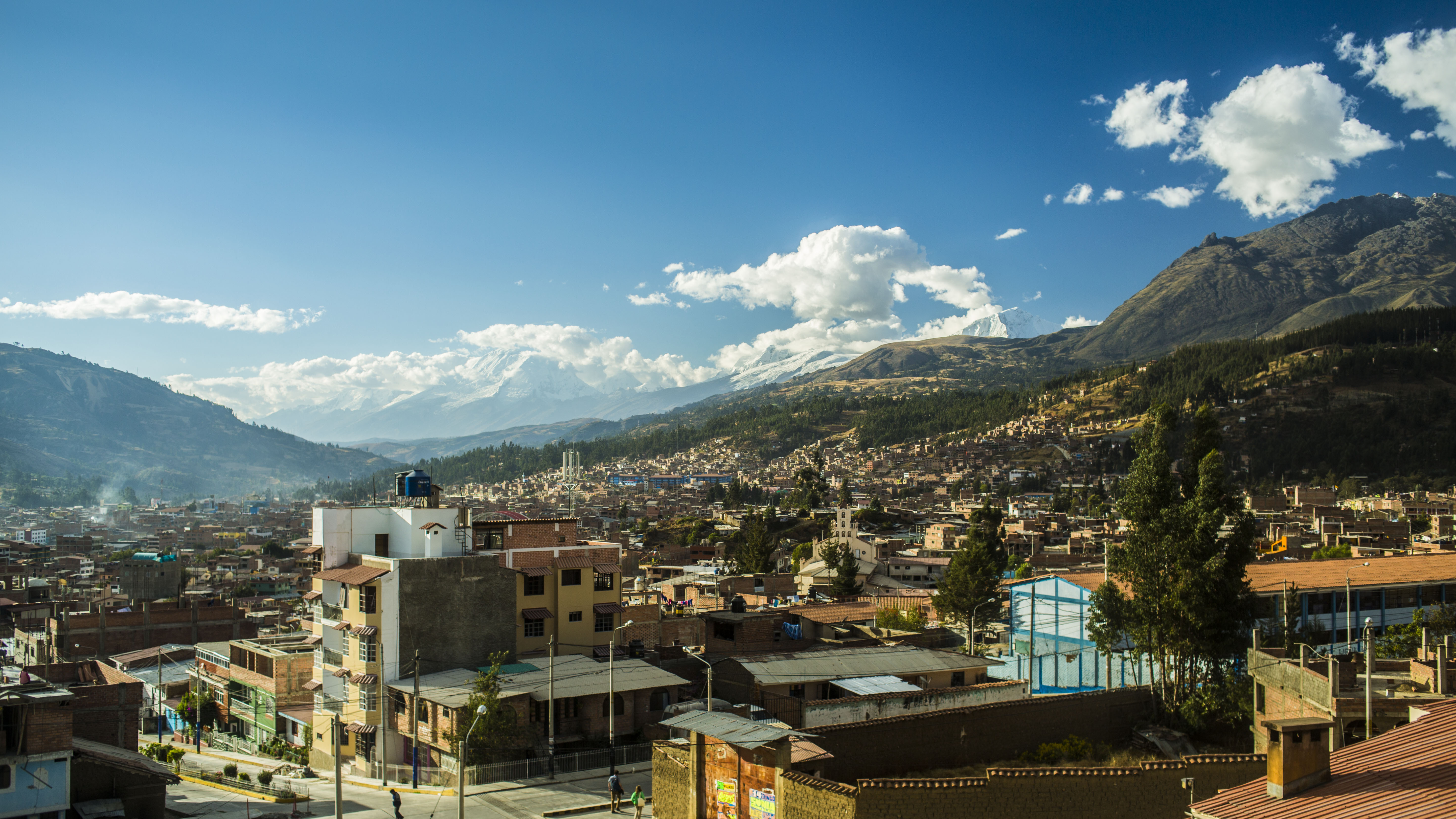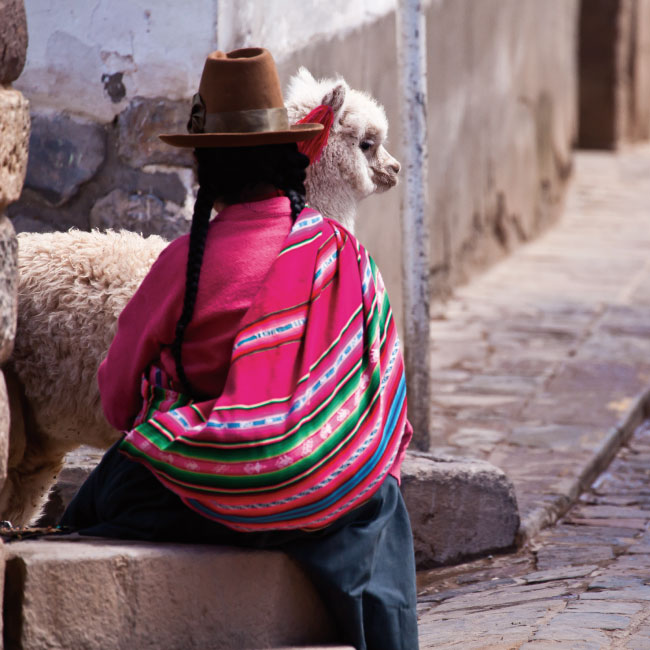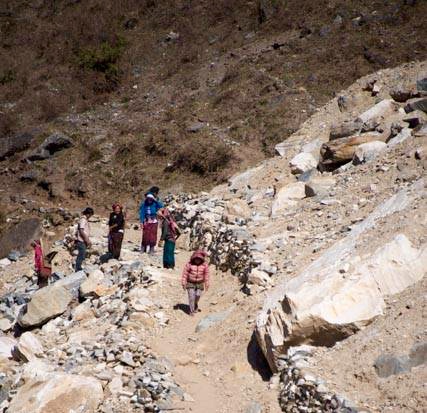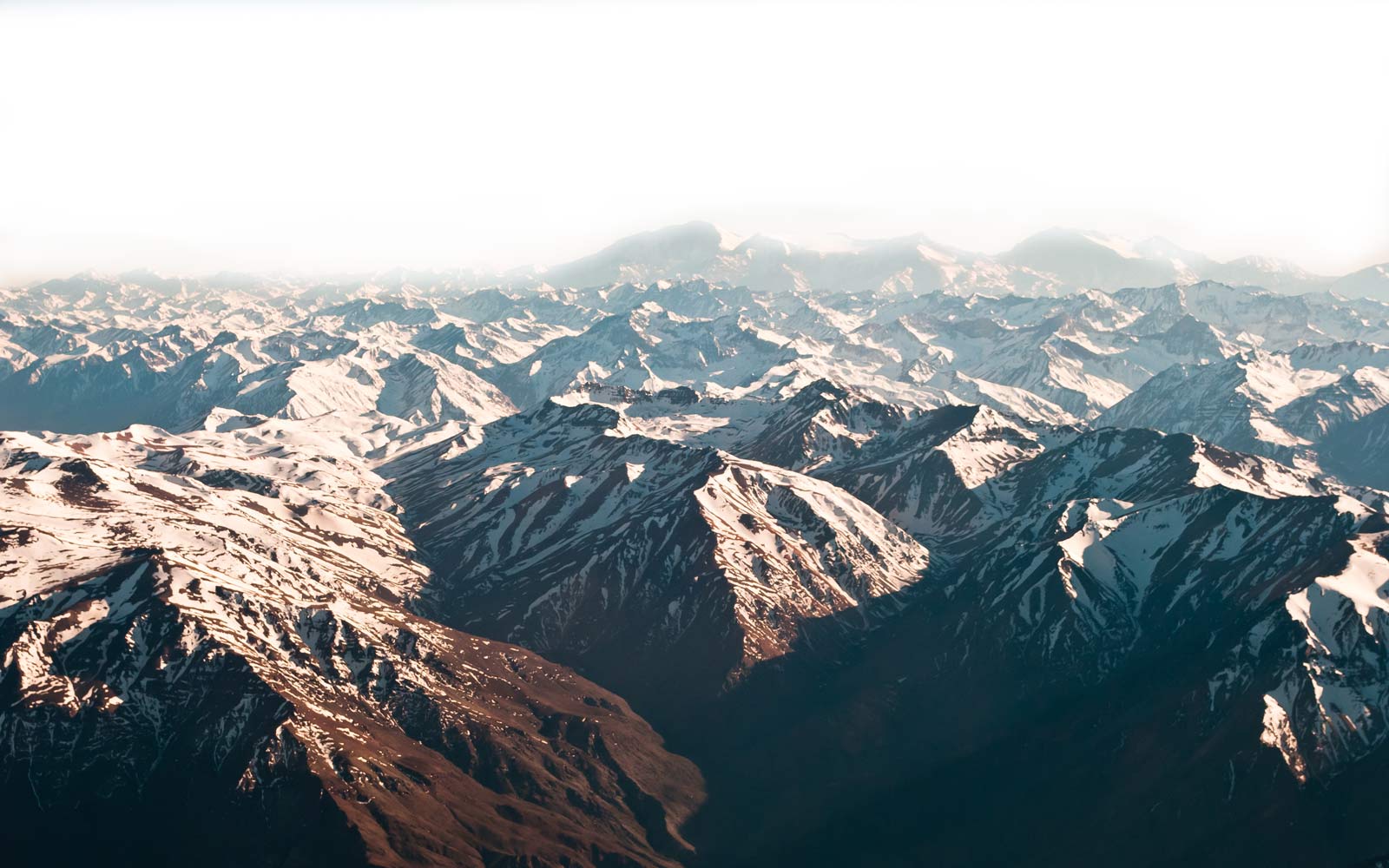Why Mountains?
Mountains Matter
 Mountains serve as the essential “water towers” on every continent. Every day, over half of humanity relies on mountains for freshwater. All major rivers of the world begin in mountains. Billions of people downstream rely on mountain water for drinking, sanitation, irrigation and energy production. With nearly 9 million people, Lima, Peru’s capital, is the second-largest desert city in the world, after Cairo. And it relies heavily on water from the Andean highlands. Rivers in Asia’s Hindu Kush-Himalayan mountain region alone supply freshwater to more than 200 million people living in the region and 1.3 billion people living downstream. These clean water sources and the people who depend upon them are now at risk. Melting glaciers, changing precipitation patterns and increasing tourism and development are some of the threats to mountain water.
Mountains serve as the essential “water towers” on every continent. Every day, over half of humanity relies on mountains for freshwater. All major rivers of the world begin in mountains. Billions of people downstream rely on mountain water for drinking, sanitation, irrigation and energy production. With nearly 9 million people, Lima, Peru’s capital, is the second-largest desert city in the world, after Cairo. And it relies heavily on water from the Andean highlands. Rivers in Asia’s Hindu Kush-Himalayan mountain region alone supply freshwater to more than 200 million people living in the region and 1.3 billion people living downstream. These clean water sources and the people who depend upon them are now at risk. Melting glaciers, changing precipitation patterns and increasing tourism and development are some of the threats to mountain water.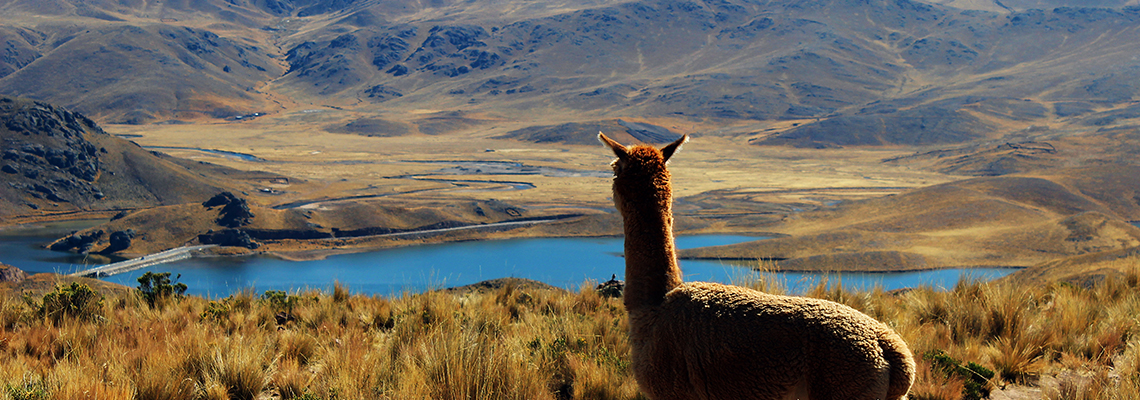 An amazing variety of wild animals and plants depend on mountains to survive. Mountain ranges are havens for the Andean cat, guanacos, vicuña, Andean bear, condors, snow leopards, red panda, and hellbender salamanders, to name just a few. Mountain ecosystems sustain innumerable plant varieties that range from orchids to apples, quinoa to Himalayan yew and Quenual trees. 45,000 plant species have been found in the tropical Andes alone. Nearly a quarter of global forest cover is in mountain regions. Of the planet’s 34 terrestrial biodiversity “hotspots,” 25 are in mountains.
An amazing variety of wild animals and plants depend on mountains to survive. Mountain ranges are havens for the Andean cat, guanacos, vicuña, Andean bear, condors, snow leopards, red panda, and hellbender salamanders, to name just a few. Mountain ecosystems sustain innumerable plant varieties that range from orchids to apples, quinoa to Himalayan yew and Quenual trees. 45,000 plant species have been found in the tropical Andes alone. Nearly a quarter of global forest cover is in mountain regions. Of the planet’s 34 terrestrial biodiversity “hotspots,” 25 are in mountains. Mountains are home to many ancient, indigenous cultures that maintain a wealth of traditional knowledge and practices. Mountains harbor unique cultural traditions that have been shaped by their natural environments for thousands of years. These traditions and local knowledge, however, are at risk from the diluting influences of globalization and tourism. Outmigration of local people to urban areas is also a threat to ancient cultures. The exodus of young people, especially young men, is decimating some mountain villages leaving only children and the elderly behind to carry on as best they can.
Mountains are home to many ancient, indigenous cultures that maintain a wealth of traditional knowledge and practices. Mountains harbor unique cultural traditions that have been shaped by their natural environments for thousands of years. These traditions and local knowledge, however, are at risk from the diluting influences of globalization and tourism. Outmigration of local people to urban areas is also a threat to ancient cultures. The exodus of young people, especially young men, is decimating some mountain villages leaving only children and the elderly behind to carry on as best they can. Mountains collect, channel and store freshwater and are essential to the Earth’s water cycle. They are also key to regulating the global climate and vital to other ecological cycles of the planet. For example, the Hindu Kush-Himalaya and the Tibetan Plateau are widely known as the “Third Pole” because their ice fields contain the largest reserve of fresh water outside the polar regions. But rising temperatures are disturbing the balance of snow, ice and water in mountainous areas threatening millions of mountain people and billions downstream. Precipitation amounts and seasonality are changing worldwide and exreme weather events are increasing in intensity. Climate change models predict greater relative rises in temperature as altitude increases.
Mountains collect, channel and store freshwater and are essential to the Earth’s water cycle. They are also key to regulating the global climate and vital to other ecological cycles of the planet. For example, the Hindu Kush-Himalaya and the Tibetan Plateau are widely known as the “Third Pole” because their ice fields contain the largest reserve of fresh water outside the polar regions. But rising temperatures are disturbing the balance of snow, ice and water in mountainous areas threatening millions of mountain people and billions downstream. Precipitation amounts and seasonality are changing worldwide and exreme weather events are increasing in intensity. Climate change models predict greater relative rises in temperature as altitude increases. Mountains are frequently at the nexus of international borderlands, poor and marginalized ethnic minorities and invaluable natural resources. At any given time a large proportion of international and internal conflicts are in mountains. Conflicts over water have increased four-fold in the last decade. This global trend will likely continue with mountain water sources front and center. Risks of conflict are high both internationally and within countries.
Mountains are frequently at the nexus of international borderlands, poor and marginalized ethnic minorities and invaluable natural resources. At any given time a large proportion of international and internal conflicts are in mountains. Conflicts over water have increased four-fold in the last decade. This global trend will likely continue with mountain water sources front and center. Risks of conflict are high both internationally and within countries.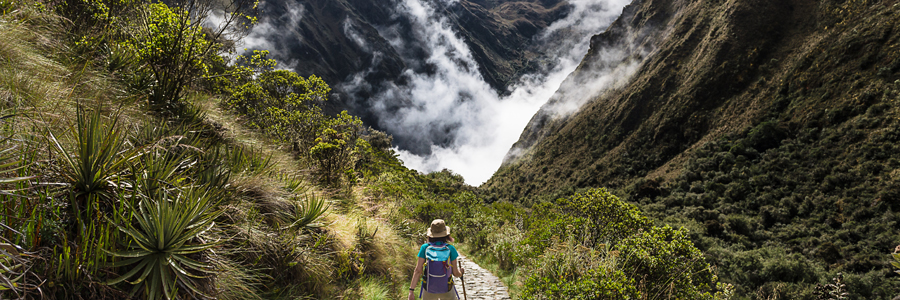 Mountains are home to many ancient, indigenous cultures that maintain a wealth of traditional knowledge and practices. Ancient cultures of the Peruvian Andes live on in spiritual and cultural practices that continue today. Major religions regard some mountains as sacred. For example, Mount Kailas in Tibet – near the sources of the Indus, Brahmaputra and Ganges rivers – is considered sacred by five religions: Buddhism, Hinduism, Jainism, Sikhism and Bon.
Mountains are home to many ancient, indigenous cultures that maintain a wealth of traditional knowledge and practices. Ancient cultures of the Peruvian Andes live on in spiritual and cultural practices that continue today. Major religions regard some mountains as sacred. For example, Mount Kailas in Tibet – near the sources of the Indus, Brahmaputra and Ganges rivers – is considered sacred by five religions: Buddhism, Hinduism, Jainism, Sikhism and Bon.
